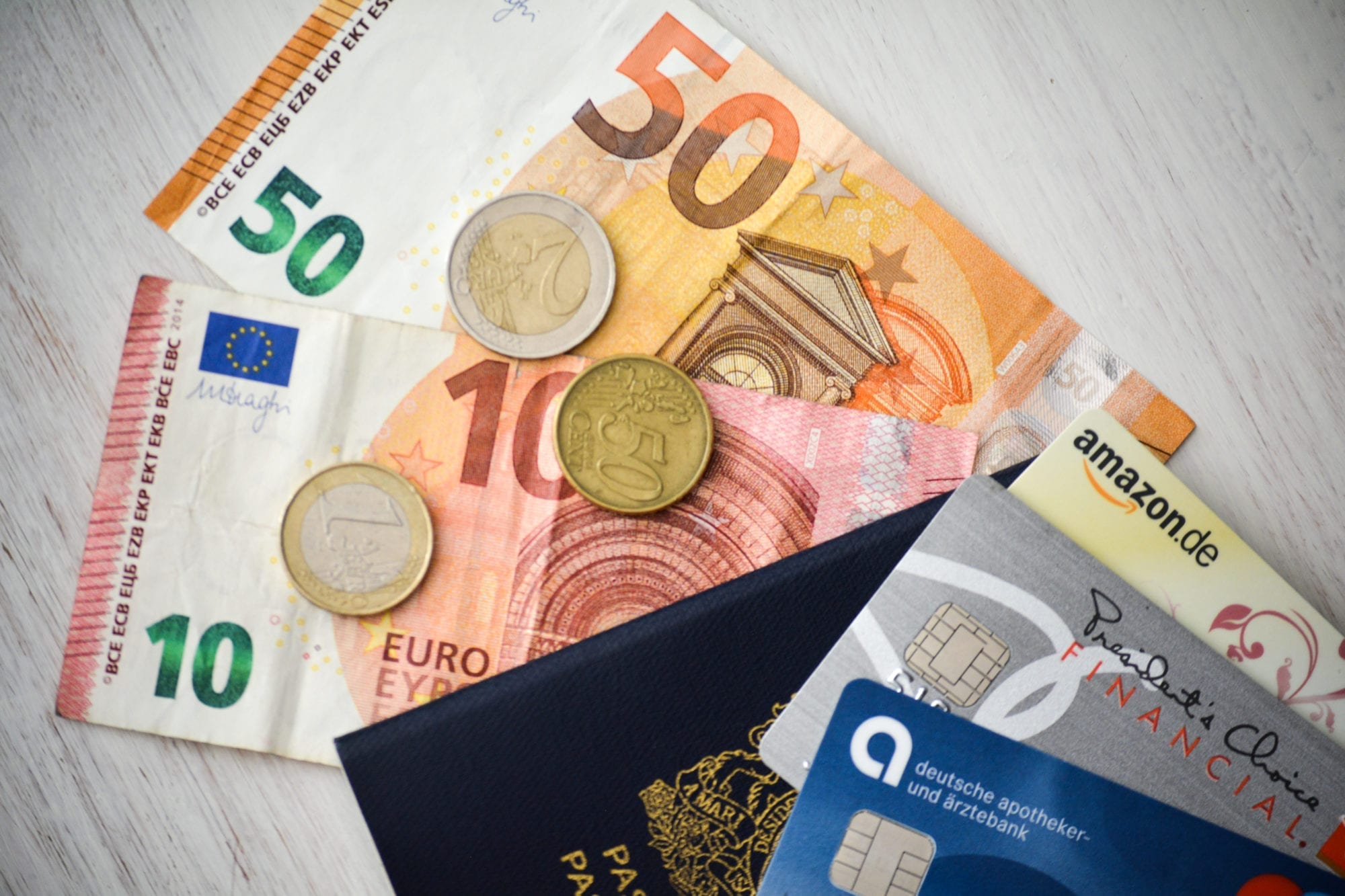Our blog posts may include affiliate links. These affiliate links don't cost you anything, but we might earn a few Euros if you decide to purchase something from one of our recommended website partners. Thank you for your support to help keep this platform up and running!
We’ve all had to figure out international money transfers at one point in time since living in Germany, and if not yet, it’ll come… when you empty your home bank accounts and decide to buy a house or a new car, you get the idea.
My time came when we decided to buy a house in Germany. That meant that I needed to first find a loan at an amazing rate and secondly, take all of my savings from when I was younger and pull them from Canada to be sent to Germany. So, I started Googling and researching various websites comparing various options. Here are the options I came up with:
#1 – Go Directly Through the Bank
In this case, I would need to go to my Canadian bank and issue a bank wire to my German bank.
The fees are charged at each end for international transfers (Canada’s being about $30, and Germany’s fees being so high that even my bank advisor at Deutsche Bank advised me to go an alternative route – note: I am no longer with Deutsche Bank, and have since found better options for expats). You are also dinged on exchange rates as the banks usually don’t offer up the best rates on the market.
It’s clear in this blog post that I’m not promoting you go directly through the bank, with the exception that you are:
- Sending the same currency, or
- Sending a money transfer within the European Union
If one of the two applies to you, the transfers are typically a lot more affordable (if not free), quick & easy to do. If you’re sending money overseas, my advice would be to avoid money transfers with the bank completely.
#2 – Ole’ Faithful Money Transfer Services (Western Union)
Western Union often sounds like a great solution simply because the brand is ingrained into our brains (at least as North Americans). Since I was a little girl, I always knew the Western Union logo and I knew that when you needed to send money somewhere fast, Western Union was the service to use. Thankfully, they’ve since introduced an app that makes the process of sending money faster as well.
Western Union does still stay true to its fast service. If you are in immediate need of funds (or someone else needs your support quickly), then Western Union is a great option, but you will pay the price for it.
If your transfer isn’t as urgent, stay away from sending via Western Union and save yourself the money by finding an alternative method.
#3 – Use PayPal
Many of us have used PayPal enough to know that it’s easy to use and our money is safe in the process. I get paid from some of my international clients via PayPal and have nothing but wonderful things to say about this platform.
However, I had never made an international transfer via PayPal. So, I did some research and found out that PayPal is a great option to send money between friends and family members for free, but only if you are within Europe and sending money in the same currency.
If you are sending money internationally, you’ll be paying international fees (2% or more per transaction) plus a fixed PayPal fee and 2.9% – 7.4% fees if you’re transferring from a credit card. In the end, the fees alone (not even taking into account the exchange rate) were far too high for me. So, if you are interested in transferring money internationally with PayPal, I would recommend checking out their transfer service called Xoom.
If you’re new to PayPal, use this code to get a 5 Euro signup bonus!
#4 – New Online Transfer Services like CurrencyFair or Wise
And then finally, the new and improved way to send and receive money quickly, safely, and conveniently. Why didn’t I tell you this sooner? Well, you need to know what you’re comparing them to before you decide to believe me.
It was a no-brainer at this point in my research that I would be using an online transfer service like CurrencyFair or Wise. The question was, which one do I choose?
They’re all free of hidden costs, they all offer real exchange rates (awesome) and there are no fees to change currencies.
The way they work is:
- You send the money to the transfer service company in your original currency, avoiding exchange rate fees from the bank
- The company will give you the exchange rate you agreed upon and you’ll be able to see it in dollar value without even setting up an account
- Then, the company will release the money to the bank of your choice in the currency you requested
- Happy camper, the end.
I paid a $30 fee from my Canadian bank for an international bank wire, but the rest of the process was smooth sailing. No hidden fees, no fees upon arrival in my Deutsche Bank (because it was sent in Euros), and within 3 days I had all the money in my German account.
So, which option did I choose? And why?
After hours of comparing all of my options, I ended up choosing Wise. Why?
It all boiled down to where was I going to save the most money at that moment.
So, compare your options if you can! Best of luck!
New to Germany? Join our Welcome Program! Want to join our author team? Send us an email! Join our Life in Düsseldorf | Expats & Locals Community group and register for our newsletter (packed with the hottest events, seasonal activities, upcoming job opportunities and more)!













